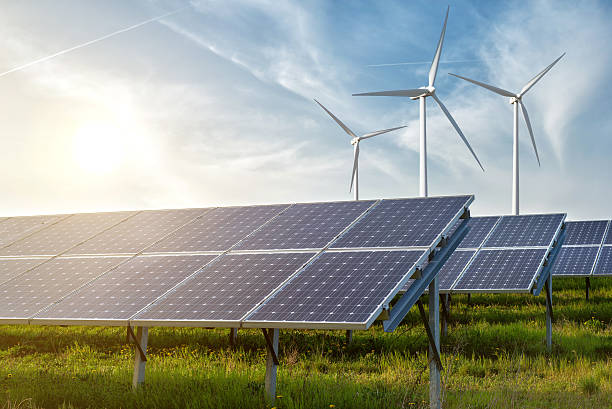Namibia today secured a US$138,5 million, or N$2,6 billion, loan from the World Bank for the expansion of its transmission network and integration of renewable energy into its grid.
The project will be implemented by Namibia Power Cooperation (NamPower) under the Transmission Expansion and Energy Storage project, which is intended to improve the reliability of the country’s transmission network and enable increased integration of renewable energy into the electricity system.
The project is structured around three components, which are development of the second Auas-Kokerboom transmission line, the development of a utility scale Battery Energy Storage System facility and technical assistance activities to support NamPower to develop bankable renewable energy projects and enhance the socio-economic benefits of their projects.
The project will support the development of a systematic socio-economic framework to support job creation, skills development and female employment during the design and implementation of utility-led projects.
NamPower managing director Samson Haulofu says the approval of the project serves as a major milestone in the development of the approximately 465km line, which will run from Auas transmission station outside of Windhoek, until Kokerboom transmission station near Keetmanshoop.
The Auas-Kokerboom 400kV Transmission line will be the second 400kV line between these two substations, which serves to increase NamPower’s north-south transmission capacity.
“This transmission line will be key to
unlocking increased access to variable renewable energy within Namibia, as well as facilitating regional electricity trading. Further, our second utility scale Battery Energy Storage System will be developed and integrated in our transmission network to support the development and uptake of renewable energy plants” he said.
The expansion of the electricity network and lines are necessary to provide for the current and future national load requirements for the expanding Namibian population.
This will include not only an increase in capacity but also having redundant capacity within the transmission system to ensure security of supply due to unforeseen circumstances.
World Bank Country Director for Namibia Satu Kahkonen says Namibia is a uniquely positioned regional leader in the transition towards a greener and more sustainable future.
“This project will support NamPower to develop future renewable energy projects,” Kahkonen says.
Namibia’s National Energy Policy and the Renewable Energy Policy is targeting to achieve 85% self-sufficiency and aims to source 70% of its energy needs from renewable energy sources, in future.
Stay informed with The Namibian – your source for credible journalism. Get in-depth reporting and opinions for
only N$85 a month. Invest in journalism, invest in democracy –
Subscribe Now!






